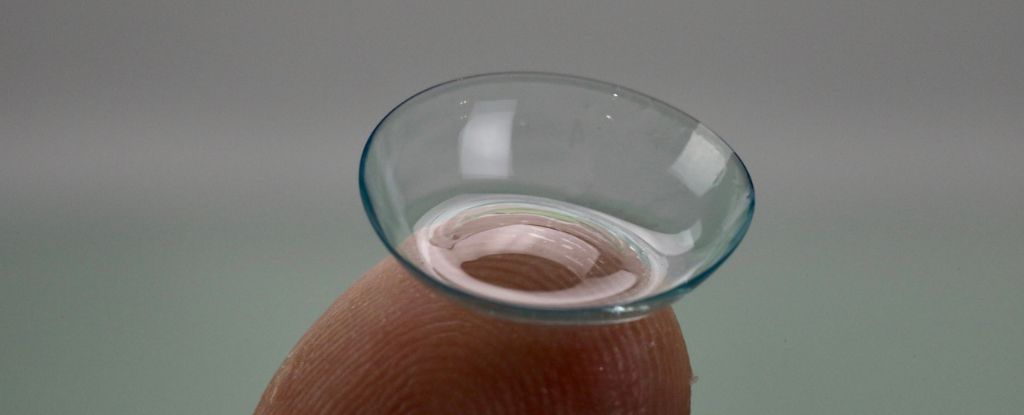An EPA-certified laboratory has discovered that 18 popular brands of contact lenses contain traces of PFAS (per- and polyfluoroalkyls), also known as ‘forever chemicals.’ The organic fluorine, a marker for PFAS, ranged from 105 parts per million (ppm) to 20,700 ppm. Although it is unknown whether PFAS in contact lenses is dangerous to consumer health, it is worth noting that all the contact lenses tested exceeded 100 ppm, which is 50,000 times higher than the highest level deemed safe in drinking water by the EPA.
The Risks of PFAS
PFAS are synthetic chemicals that are water-, oil-, and stain-resistant, making them widely used in non-stick cookware, cosmetics, clothing, and fabrics. These chemicals do not break down easily in nature, which has led to their global spread into water sources, soil, animals, and humans. Scientists are still trying to determine the risk these chemicals pose to our health, but recent studies have linked some PFAS to cancers and immune system issues. The lack of complete answers to which PFAS are dangerous and at what concentration is concerning, and the recent reduction of safety thresholds for some forever chemicals in drinking water by the US EPA has potentially exposed half the US population to harmful concentrations of these chemicals.
Lack of Chemical Disclosures and Testing
The report from Mamavation is concerning not only because it suggests potentially harmful chemicals may be coming into contact with millions of eyes daily but also because it took an online blog to reveal this information, not a government agency. Terrence Collins, a chemist at Carnegie Mellon University, explains that fluoropolymers like PFAS are cheap and effective materials for manufacturers to use for contact lenses. However, the lack of federal requirements for chemical disclosures and testing means that no one can say that fluoropolymer exposures are safe. Collins advises avoiding such contact lenses. Unfortunately, asking the average person to avoid PFAS is near impossible, especially when so few alternatives exist.
The world has crossed a critical safety threshold for synthetic chemicals with potentially hazardous effects. Cleaning up Earth’s rain, soil, animals, and plants is the only way to combat the threat, but we don’t yet know how to do that.



Leave a Reply